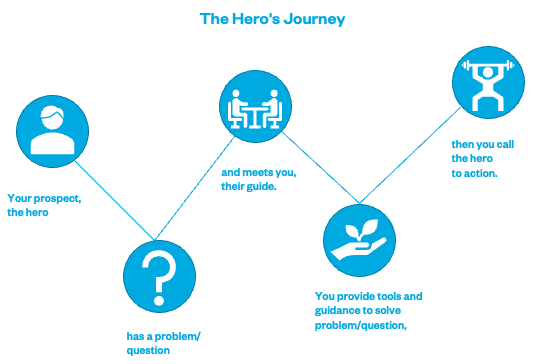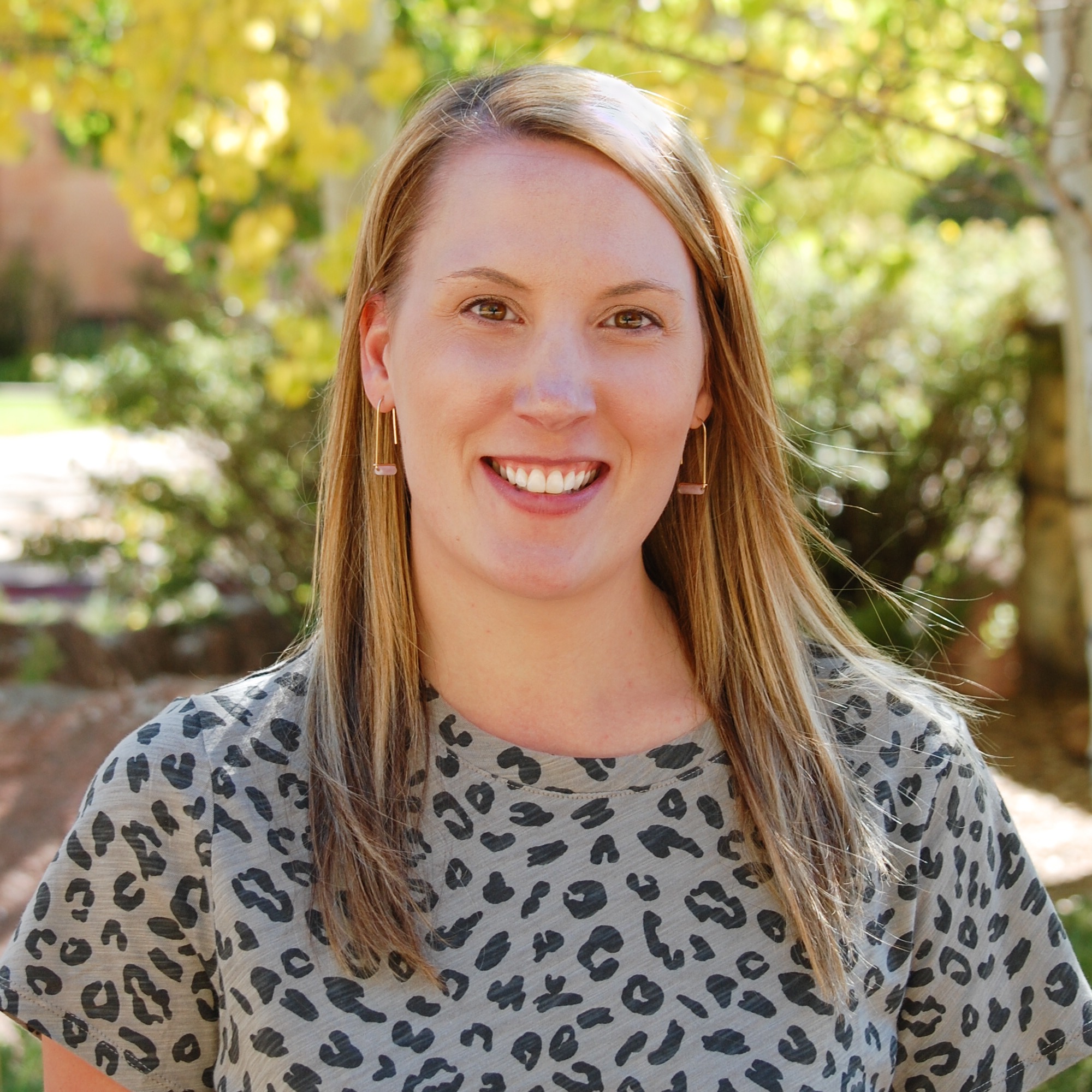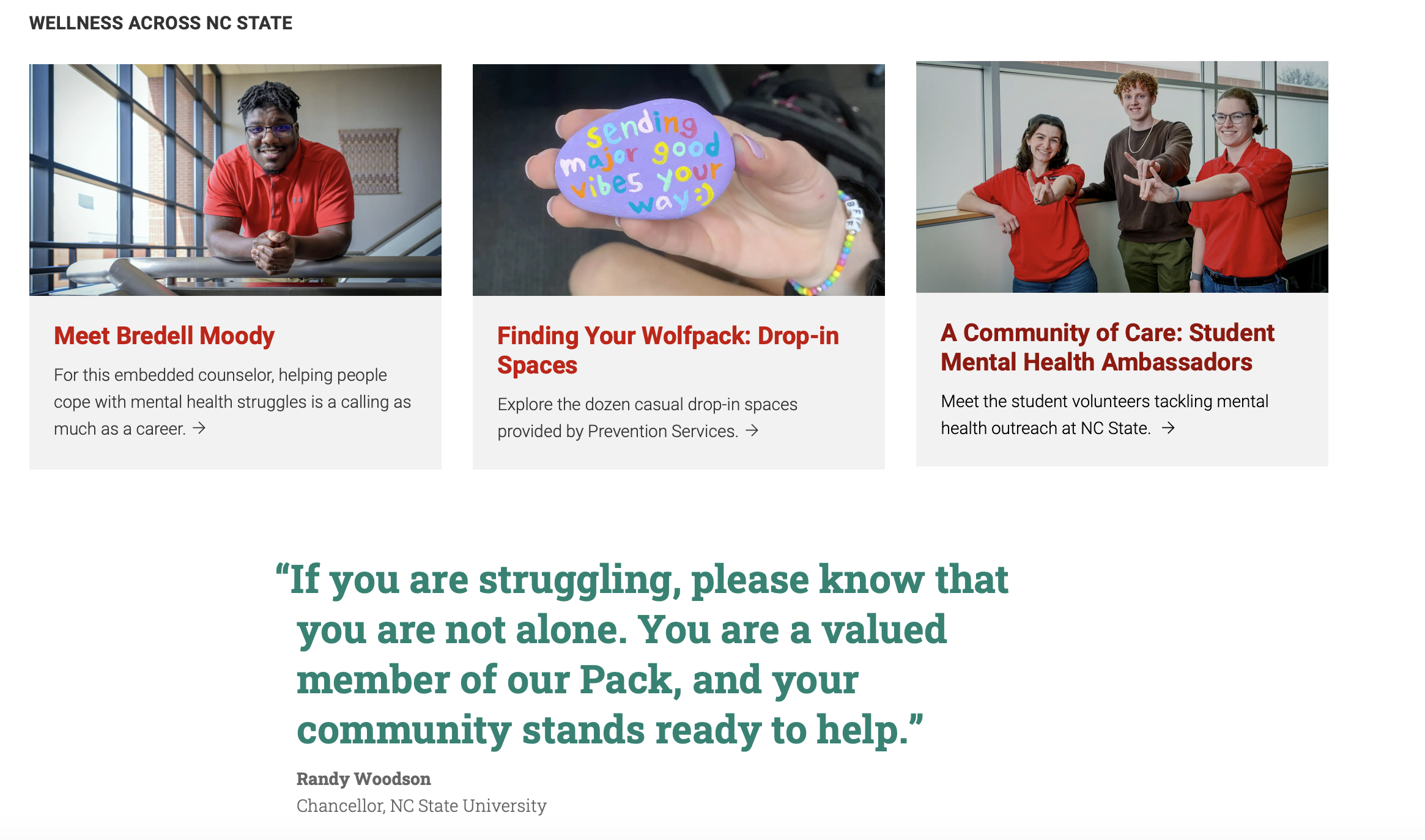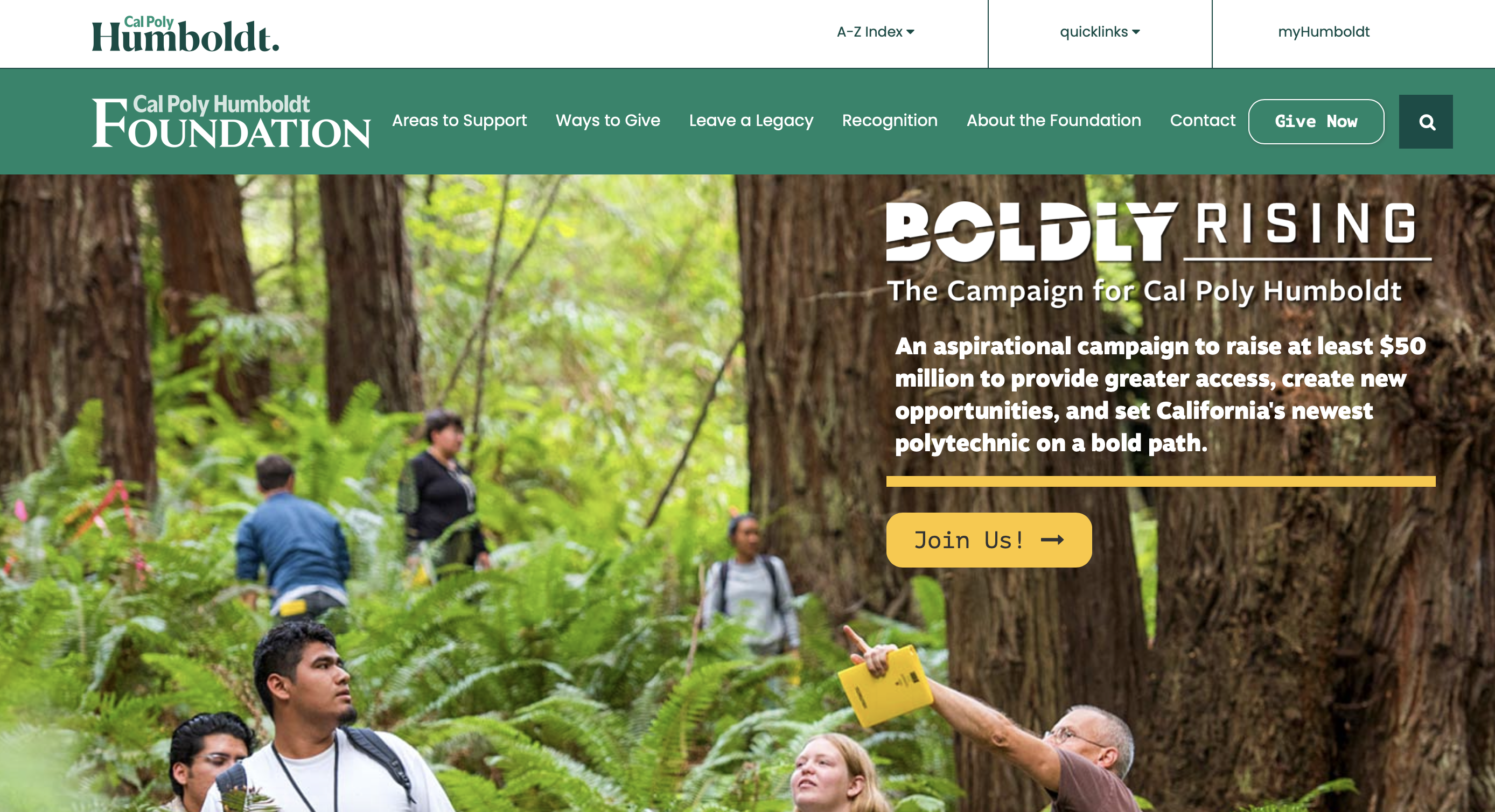Alums are undoubtedly a leading segment of institutional donor pipelines. It’s simple, in theory; students graduate, become alums, and enter an alum database marked as potential donors. But, as we know, building and maintaining a healthy donor pipeline requires a great deal of strategy. You can say many of the same things about building a prospective student pool or retaining current students — from the outside, the approach seems straightforward, but the reality is complex, and stars must align for the scales to balance.
Admissions needs incoming students, Student Affairs needs to retain current students, and Advancement needs donors. The goals are clear, and the processes felt like well-oiled machines in the past. Admit them; they’ll enroll. Enroll them; they’ll stay and graduate. They graduate; we ask for money. We ask for money; they will give. But not anymore. Audiences are savvier, the world is more global than ever, and the digital age has cemented an expectation for personalized and relevant content.
Your audiences want to know who you are, what you offer, and why it matters to them – but more importantly, they want you to know who they are, what they want and need, and how to get it.
So, where do we start? Take what we know about our audiences, put them at the center of our strategies and content, and use the brand as the conduit.
When we put our audiences’ goals, barriers, and values at the center rather than our business goals, our focus shifts from our gains to their gains. (Spoiler: their gains are also our gains.) By serving our audiences what they want and need, we equip them to choose us so they’re ready when we make the ask — it’s the hero’s journey.

So, here's what we know.
Prospective & Current Students
Our 2022 National Prospective Student Survey highlights shifting expectations among prospective students, shedding light on what this audience values, wants, and needs from a college experience:
Showcase flexible learning options.
Overall, 39% of respondents want a fully online educational format or hybrid format combining in-person and online courses. Students expect flexibility now more than ever, so it’s important to showcase all flexible options available at your institution to prospective students.
Proactively share mental health resources.
Move from not adapting or acknowledging students’ mental health as part of students’ overall success to creating a holistic student success model that includes mental health. More than 60% of students surveyed during the 2020–2021 academic year met criteria for one or more mental health problems, a nearly 50% increase from 2013. Students are increasingly more open about their mental health, and with that openness comes an expectation for resources that support mental health. Meeting students where they are with upfront information and the resources they need provides the support they desire without them having to ask.
North Carolina State University's Wolfpack Wellness website highlights different aspects of wellness and resources at a high level, allowing students to dig in further for more detail where they want.
Focus on retaining current students.
While prospective students are a critical target market, current students are often overlooked, though there’s a great opportunity for improved retention through brand marketing. Research shows that recruiting a new student costs an estimated 3-5 times more than retaining a current student. Yet, marketing efforts predominantly focus on recruiting incoming students. Utilizing the hero’s journey for current students can help solve for their needs to encourage affinity and retention throughout the student experience. Remind them that the support they receive from your institution doesn’t end once they enroll or when a class session is over — holistic student support exists to help them thrive throughout their time at your institution.
Alums
Looking beyond the student experience and into the alum experience, our 2023 Alumni Philanthropy Study revealed some key takeaways about alums as prospective donors — what they value, why they give (and why they don’t), and where they give.
Show alums exactly how they can make an impact.
63% of non-givers and 58% of givers indicate “supporting a mission that is meaningful to me” as the top reason for giving back to any organization (not just higher education). Additionally, non-givers and givers equally rate “helping address a societal problem/need” as the second highest motivation for giving. And when non-givers were asked what would motivate them to give to their alma mater in the future, the top reason was, “If I had a better understanding of how my gift would be used.”
These points show that alums desire to support meaningful causes and societal needs and want to know how their contributions are making a difference. Giving tangible examples of what their donation will support and how it supports a larger mission could be the key to motivating alums to give.
Cal Poly Humboldt Foundation's website allows donors to hear stories of impact, learn about different ways to donate, and select what they want to give towards easily.
Foster community and engagement
According to our report, alums who volunteer at their alma mater are more motivated to give based on that sense of community. They feel more connected, proud, and supported because of their experiences and want to give back for similar reasons.
This shows a desire for connectedness and also reinforces that alums desire to see how their contribution — financial or through service — makes the world a better place. Providing alums with ample ways to connect and volunteer could build affinity and interest in giving.
What is your hero's journey?
Thinking of the prospect-to-student-to-alum lifecycle more holistically as a hero's journey can help to anchor your marketing with your audience's goals, barriers, and values to provide a more seamless brand experience. This is where the brand serves as the conduit and builds a more efficient and effective pipeline in which audience-centric enrollment and retention marketing efforts now prime the donor pipeline for years to come.
Simple, right?
__
As Enrollment Strategist, Kerri builds the bridge between brand and enrollment marketing strategies for clients, customizing recommendations based on institutional goals and audience-specific data. She brings nine years of experience in enrollment and brand marketing from universities across the country. Kerri lives in Columbia, SC, and enjoys cooking, gardening, and spending time with family and friends.













